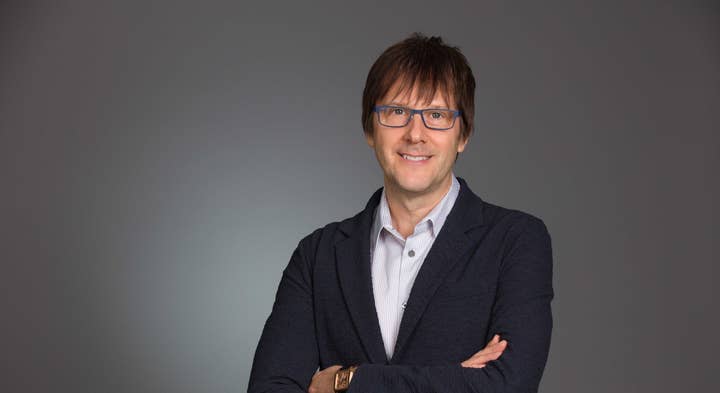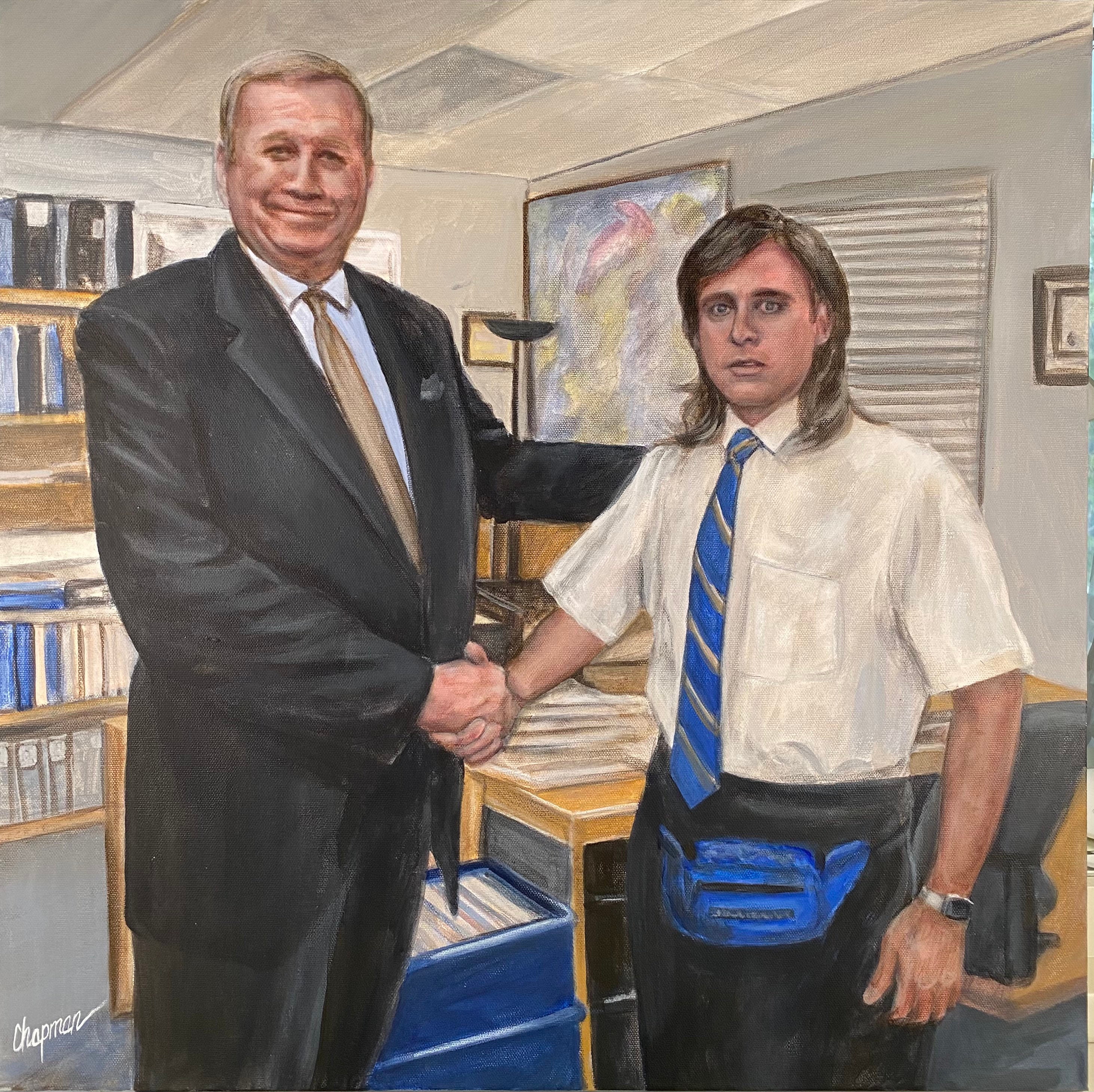Thick Thighs Save Lives
NeoGAF's Physical Games Advocate Extraordinaire

Cerny still does multiple things, but to the current generation of gamers, he's probably best known as the lead architect behind PlayStation 4 and 5.
We're roughly at the mid-way point in the PS5's lifecycle, and so we wanted to ask if there's anything developers have been doing with the hardware that has surprised him.
"I have been very surprised by the degree to which developers are using ray-tracing," he begins. "Putting that in, that was a big decision and actually a rather late one. I thought that this is not going to get much use initially, but if we look at generations, and a generation is seven years or so, software is created for ten years, and so later in the lifecycle we will start seeing people using that technology. But instead we had launch titles that were taking advantage of it. I guess, having worked on games for consoles that were a bit difficult to get into, like the PlayStation 3, I can be a little skittish about very deep technology like that. But in this case, my guess as to how things would go was totally wrong. And I am so happy to have seen the early adoption of the technology.
"The other thing that has been surprising is the push to 60 frames per second. Based on previous console lifecycles, I would have expected there to be a lot more games that are 30 frames per second only, just because the artwork can be so much more detailed if you have longer time to render it. Instead, the almost universal rule this time around has been the games run at 60.
"It's great from a play perspective. Gamers overwhelmingly prefer games that are higher frame rates. I just didn't expect such a departure from previous generations."
Cerny says building a console takes about four years, and nowadays that's less time than it takes to make some of the big AAA titles. There is a lot of focus right now on the time it takes to build these games, and Cerny says that, ultimately, it's the developers that have chosen this path.
"With the consoles, one thing I've been trying to do is reduce the amount of time it takes [developers] to get going with their games. I call this 'time to triangle'. All that means is that if I just want to get a triangle up on the screen, how long does it take to build the engine technology that will allow me to do that? That might not sound very difficult. The first PlayStation you could maybe do that in a month, but the consoles got so complex that by PlayStation 3 that was taking probably six months to a year. So I've been working to bring that down. PlayStation 4 and 5 are much quicker. It takes a month or two before you have those fundamental graphics technologies up and running on [those systems].
"I probably shouldn't, but I spend a lot of time on the boards. And I see people asking… if the time to triangle has been greatly reduced, why is it then taking so many years to create a game? And the answer is that is what the teams are choosing to do. They are going after these massive creations that really do need four or six years to put together."
Another shift in the development landscape is around multiplatform games. Developers are increasingly building their projects for as many platforms as possible. Even PlayStation has been bringing its games to PC (albeit a few years after the console version). The issue is that consoles often have bespoke technologies in them, and if developers use these technologies, it might hinder their ability to port the game elsewhere. Cerny admits his team is aware of this challenge, but actually it's an opportunity for them to lead.
"One of the exciting aspects of console hardware design is that we have freedom with regards to what we put in the console," Cerny begins. "Or to put that differently, we're not trying to build a low-cost PC, and we aren't bound by any particular standards. So if we have a brainstorm that audio can become much more immersive and dimensional if there's a dedicated unit that's capable of complex math, then we can do that. Or if the future feels like high-speed SSDs rather than HDDs, we can put an end-to-end system in the console – everything from the flash dies to the software interfaces that the game creators use – and get 100% adoption.
"I like to think that occasionally we're even showing the way for the larger industry, and that our efforts end up benefiting those gaming on PC as well. It's a tech-heavy example, but on PS4 we had very efficient GPU interfaces, and that may well have spurred DirectX to become more efficient in response. Or to look at something more consumer-focused, I believe that releasing PS5 in 2020 with a very high-performance integrated SSD put pressure on the PC world to get their corresponding DirectStorage API into the hands of their gamers.
"There's a recent development here, which is console exclusives that were created to run on bespoke PlayStation systems are now making their way to PC. That conversion has been simpler than many thought. The main consequence is that the minimum spec for the PC version of the game gets a bit higher, perhaps more CPUs or more RAM, in order to replace the missing systems."
Not only can gamers now play PlayStation games on PC, but they can also use PlayStation hardware, including the DualSense and PlayStation VR 2. Meanwhile, on the other end, we're increasingly seeing AAA developers getting a version of their games running on mobile. The lines between platforms seem to be blurring, but Cerny feels consoles continue to play a crucial role in the ecosystem.
He points to an amusing video by Linus Tech Tips, which attempted to 'kill' the PlayStation 5 by building a $500 gaming PC that outperformed the console.
"They had to get a used motherboard," he says. "That was the only way that they could build a PlayStation 5 equivalent for a PlayStation 5 price. And if you're using used parts… well you can get a used PlayStation 5 for eBay for $300-something.
"I think as long as we continue to create that very nice package, the future of consoles is pretty bright."
Full interview available at GIBiz - https://www.gamesindustry.biz/mark-cerny-at-60-i-the-gi-interview







